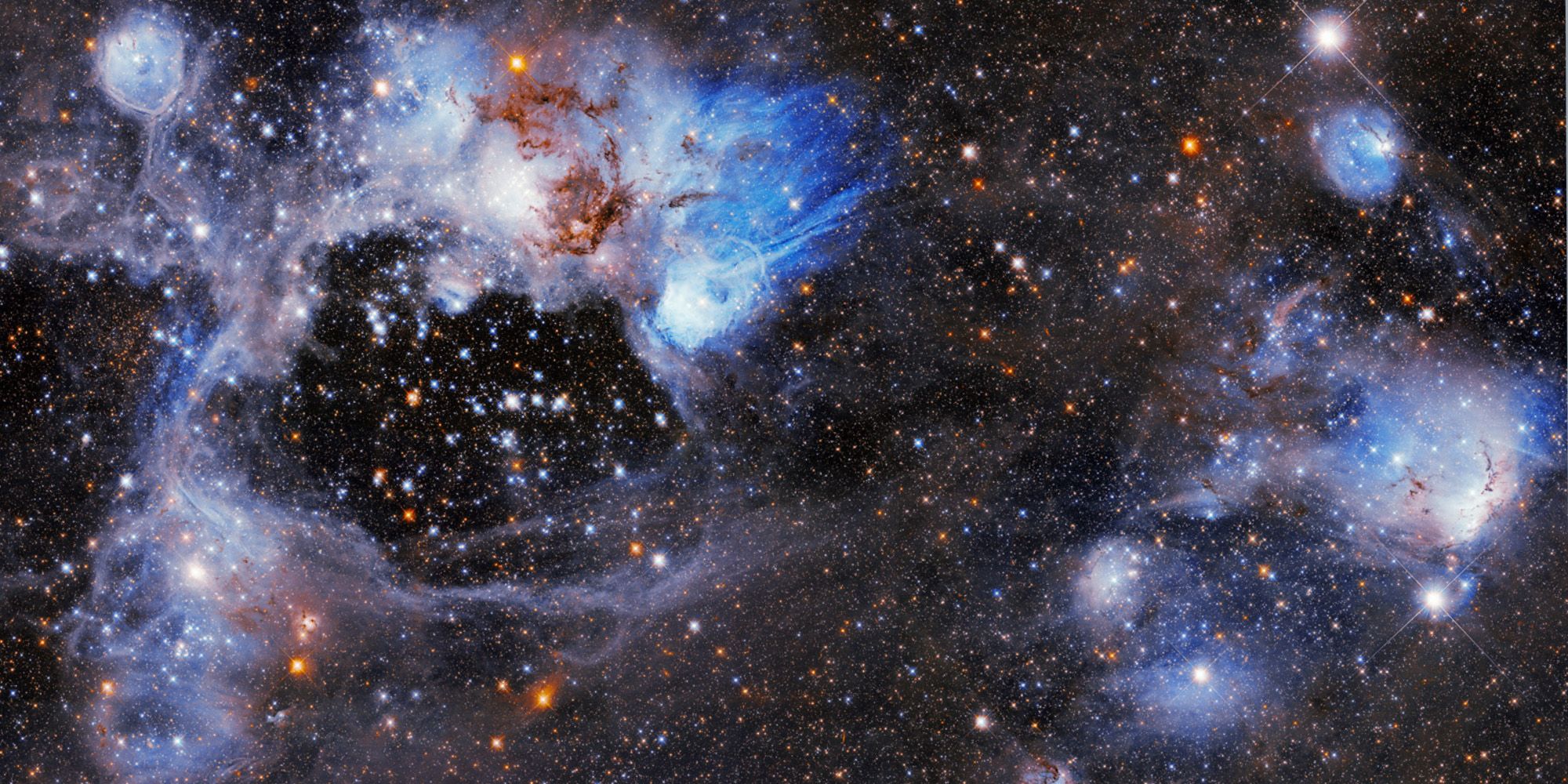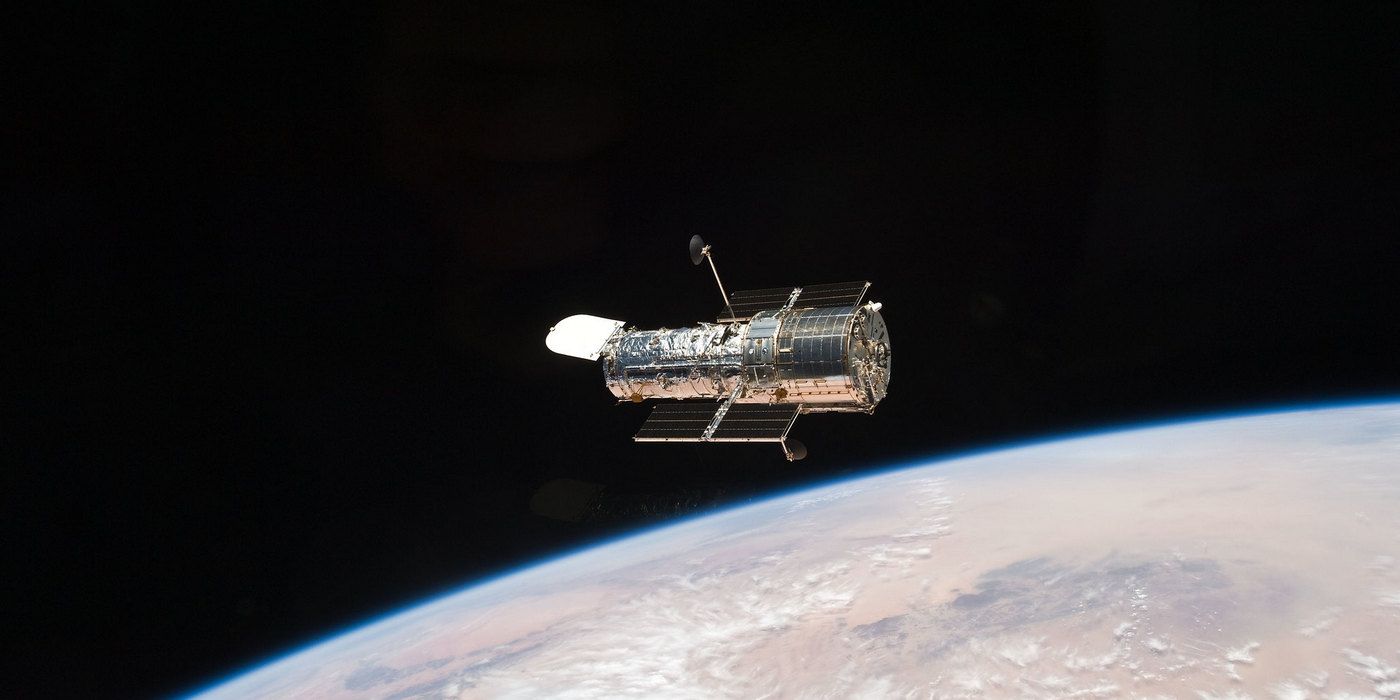NASA’s Hubble space telescope has spotted a faraway nebula that is being pulled apart by a strange "superbubble." The telescope has been orbiting in space for more than three decades, scanning the vast expanse to help astronomers better understand the secrets of the stars. Over that time, Hubble has snapped countless images, unveiling spectacular phenomena across the universe.
A nebula is a celestial cloud of dust and gas, usually made up largely of hydrogen and helium. Typically, nebulae exist in interstellar space, which is the region between star systems. The nearest identified nebula to Earth is the Helix Nebula, which is some 700 light-years away. (A light-year is equal to the distance that light travels in a single year.) Some nebulae represent the beginnings of stars (dubbed "star nurseries"), while others are caused by the death of a star, which often results in a tremendous explosion known as a "supernova."
NASA has published a picture of a giant nebula captured by Hubble. Referred to as N44, the nebula is located some 170,000 light-years from Earth, and is about 1,000 light-years across. As the image shows, N44 is characterized by what seems at first glance to be a giant hole through its middle. However, as NASA describes it, this is actually a massive bubble that is approximately 250 light-years across. What caused the superbubble is a mystery astronomers are trying to solve.
Multiple Superbubble Theories
N44 comprises gas streaks and numerous massive stars, many of which are present within the bubble itself. One theory for the formation of the bubble is that solar winds from the large stars have pushed gases away, though NASA notes "wind velocities in the bubble" seem to debunk that idea. Another hypothesis is that the ancient collapse of multiple stars created the space within the nebula, causing a cavernous region.
While the creation of the N44 superbubble remains unclear, researchers have made some interesting discoveries about the nebula. NASA says there is evidence of a supernova event close to the superbubble. They note there’s an age difference of about five million years between the stars within the superbubble and those around its rim, concluding it is evidence of "multiple, chain-reaction star-forming events." NASA also highlights a dense, bright area on the outside of the superbubble (situated toward the bottom right of the image) that it says is a region of “intense star formation.” So one thing is clear, whatever triggered the superbubble that is tearing the nebula apart, at least in one region it’s still busy making stars.
Source: NASA


